What does it mean to be ‘native’? Depending on which type of scientist you ask, you are likely to receive any number of responses. The general consensus is that something is native where it has evolved due to natural processes with no foreign influence. In the fields of plant sciences, this means a plant is native to an area when it grows there without having been introduced by humans.
Native plants are preferred in landscape design because they are naturally suited to the conditions of a region’s soil, climate, and overall ecology and therefore result in reduced maintenance associated with watering or fertilizing. Additionally, plants native to a certain area are better habitats or food sources for local animal and insect populations. Conversations on natives were popularized in the early 2000s when concerned individuals began rushing to the nearest garden center to buy native milkweed to save the monarch butterfly populations. Since then, we are still planting pollinator gardens, but we are also utilizing native plants in so many other ways to solve problems sustainably. Rain gardens, bioswales, highway sound buffers, and horticulture therapy gardens are just a few of the new places where native plants are being made the focus.
With the great potential for positive change through native plants, it is surprising to me how many conversations I have on the subject that quickly turn negative towards us humans and the plants we have introduced. Old farmers back home in Kentucky still battle kudzu, ‘the vine that ate the South’, and their farm too, they remind me. Once dreamful new homeowners now regretfully point towards their ever-sprawling bamboo thickets. And don’t count on HOAs forgetting the splintering of Bradford pear trees any time soon. It may be the horticulturist in me, but I feel humans are not given enough credit for the work done to make plants work in the environment.
So, here are my personal favorite native hybrid plants! These plants are all the results of genetically modifying native plant species through careful breeding. This change in the plant’s DNA can be done for any number of reasons; to prevent a sweetgum from dropping spiked lawn ornaments, to make a holly produce bigger, redder berries, or to make a southern magnolia fit into a smaller space. These cultivars below are true all-stars of their species, exemplifying ideal and signature characteristics while avoiding unfavorable ones. It may be the feelings of a dismissed horticulturist in me, but let’s give credit where credit’s due!
‘Rising Sun’ Eastern Redbud
The first time I saw this plant, I had to do a double take, turn the car around, and take one more look. After getting out of the vehicle and doing a quick analysis, I asked myself, “is that redbud running out of ink in its printer cartridge?” Alas, a few phone calls later, I had confirmed with my professor that I was not looking at a redbud glitching out, but, in fact, one of the most popular modern redbud varieties. With fuchsia blooms in early spring and green-gold, heart-shaped foliage through summer, then peach in fall, this redbud brings a rainbow of interest throughout most of the year. Its balanced, tight growth form to roughly 12 feet tall and 8 feet wide makes it a popular variety of redbud for smaller landscapes.
Redbuds are excellent trees for local ecology; in addition to being a magnet for local bee populations, they are members of the pea family of plants, Fabaceae. Plants in this family have evolved a unique symbiotic relationship with soil microbes that allow them to process or ‘fix’ nitrogen from the atmosphere into the soil as a natural means of fertilization.

‘Shamrock’ Inkberry Holly
It’s a bird! It’s a plane! No, it’s a native alternative to boxwoods! The notion of replacing all the boxwoods throughout the region’s hedges, planters, and entryways with a native, compact-growing evergreen is enough to get any horticulturist’s ears to perk up. Just like boxwoods, Inkberry Holly ‘Shamrock’ has dark-green shimmering leaves and tiny clusters of white blooms in spring that attract local pollinators. However, unlike boxwoods, inkberries develop their namesake black-blue fruits in fall that serve both as an excellent point of interest in a winter landscape as well as a food source for local bird populations. ‘Shamrock’ is a cultivar of inkberry bred for its bright-green new foliage, its dense, compact growth pattern to 3-4 feet tall and wide, and its great resistance to diseases and our region’s most pervasive pest — deer.
Inkberries are able to handle adverse soil moisture conditions, making them popular choices for rain gardens or swampy areas where drainage is an issue; however, just like boxwoods, they are a solid choice just about anywhere in the landscape.

‘Burkii’ Eastern Red Cedar
If you had told 15-year-old me that I would be hunting down ornamental cultivars of the same wild cedars I was ripping out of Grandaddy’s fence lines, I probably would have never become a horticulturist. I thought the devil himself had decided to plant these huge, invincible trees just to make me work through summer break. Ten years, hundreds of miles, and a few college degrees later, I am able to grin at the follies of my youth. Eastern Red Cedars can be weedy trees, taking over very tight, inconvenient places with their virtually unstoppable growth, but they can have a great impact on local ecology as well, housing local bird populations and even repelling nearby mosquitos with the potent oils in its wood. ‘Burkii’ is the solution to the common issue of size, its growth is a manageable 20-25 feet tall, 10 feet wide, making it an excellent native evergreen selection for smaller spaces. This cultivar also has outstanding silver-blue foliage that can appear almost purple in fall. However, regardless of how compact its growth or how shimmery the leaves, I beg you to keep it out of the fence lines. (Unless you have a nearby teen whose character needs building.)

‘Snow Queen’ Oakleaf Hydrangea
One of the grandest flowering native shrubs, oakleaf hydrangeas have become a fixture of modern landscape design. Dense cones of upright flowers bud from large oak-shaped leaves that turn deep reddish-bronze in fall. This dramatic transformation through the seasons continues into winter as oakleaf hydrangeas drop their leaves and reveal their attractive, russet-colored exfoliating bark. ‘Snow Queen’ is a cultivar bred for its deeply-lobed leaves, large white blooms that fade to pink in fall, and its size of 4-5 feet tall, 5-6 feet wide, making it an excellent choice as a specimen or foundational planting in the woodland or cottage style. ‘Snow Queen’ oakleaf hydrangeas are popular with humans and animals alike — landscapers prize their uniform growth, florists use their cut flowers in bouquets, and local bees and butterflies prefer it when the florists keep the flowers on so they can access their rich pollen.

‘Arctic Fire’ Red Twig Dogwood
What may appear to be a relatively inconspicuous deciduous shrub through spring and summer takes an absolute hold on the focal point of a landscape during bleak winters. Red twig or red-osier dogwoods bloom white clusters of flowers in spring and then drop their leaves to show off absolutely stunning crimson red stems decorated with white berries. ‘Arctic Fire’ is a cultivar selected for its resistance to common dogwood diseases like anthracnose and its relatively compact growth to roughly 4-5 feet tall and wide, making it a popular selection for mass plantings or woodland borders. In addition to being aesthetically striking, red twig dogwoods are fantastic natives for our local ecology; their dense branches and succulent leaves are a home and vital food source to local insect populations. Subsequently, those insects and the red twig’s berries are consumed by birds. Like many DMV natives, red twigs’ root systems are able to regulate the moisture levels in the nearby soil, making them ideal plants for rain gardens. Believe it or not, this shrub will have you begging for plenty of white snow this winter.

‘Sixteen Candles’ Summersweet
For lovers of 50s do-wop music, 80s rom-coms, and modern native shrubs, we have ‘Sixteen Candles’ Summersweet. This cultivar has been bred for its spicy-sweet smelling, tightly-clustered white blooms and its compact growth to 3-4 feet tall and wide. With this growth pattern, ‘Sixteen Candles’ is a popular choice for mass plantings. In the fall, this plant’s foliage takes on a golden yellow hue that makes it a dynamic deciduous choice for the landscape. Summersweets are popular selections in the landscape because they attract pollinators and can handle adverse moisture conditions in the soil. Combine those ecological benefits with blooms that are this beautiful and attractive to local wildlife, and I’m sure you will never want to blow out these candles!

‘Winky Double Red & White’ Columbine
Walking through the region’s woodlands and discovering native populations of columbine flowers is an absolute treat. Locating dark corners of deep forests accented with these showy perennials feels like finding secret gardens tucked away with hidden botanical treasures. ‘Winky Double Red & White’ is a cultivar of columbine bred for its namesake color variegation, upward-facing flowers, and its resistance to common mildew issues. Columbines have always been considered a valued source of nectar for local pollinators and the passing hummingbird in migration as well, making them popular fixtures in modern sustainable landscapes. Unlike many hybrid cultivars of native plants, ‘Winky Double Red & White’ Columbine is able to reproduce naturally from its own seed; therefore, it’s possible that, with the right prolific plant, you could have new seedlings of this perennial popping up for years to come.

‘Undaunted’ Ruby Muhly Grass
The first time you see this ruby muhly grass in full display, you might think you’ve just stumbled into a Dr. Seuss illustration. Wispy, finely-textured spikes of pinkish-red blooms look like the lingering smoke of a firework display. ‘Undaunted’ is a cultivar of the grass pulled from a wild population in north Texas that has taken the world of horticulture by storm. It was selected for its blooms that are more amber-red than other muhly grasses, its great adaptability to different temperature and soil conditions, and its tight, unruly foliage – unlike many bunching grasses. When layered into plantings, ‘Undaunted’ Ruby Muhly Grass is best used as an accent or a cluster to create a warm halo around the area. Native grasses like this are great options for both their beauty and ecological value; ornamental grasses require less water than most other plants, and their roots are more suited for erosion control. The Lorax may have spoken for the trees, but I bet he would’ve said something for this Seuss-ical grass too!

We hope these native hybrids have inspired you to try something new and encourage you to check out our article about Pest & Plant, The Art of Attraction, for garden-friendly tips on repelling a variety of garden pests.

Patrick Moran | CEO Tactical Land Care
Patrick utilizes his passion for the outdoors along with his professional skills as a licensed Landscape and Home Improvement contractor in Virginia and Maryland, as well as a Project Management Professional (PMP) and LEED Green Associate. Patrick has a BA from Yale University, where he studied climate change and its impact on society.

 Facebook
Facebook
 X
X
 Pinterest
Pinterest
 Copy Link
Copy Link






